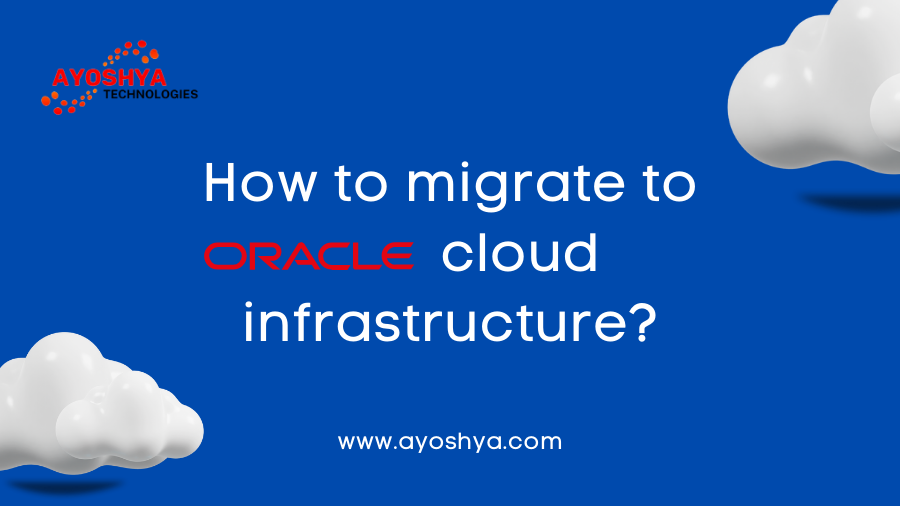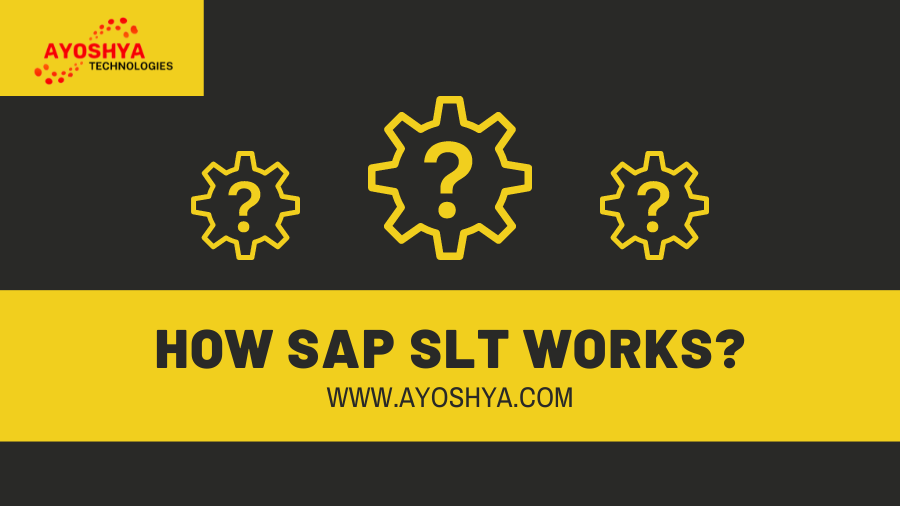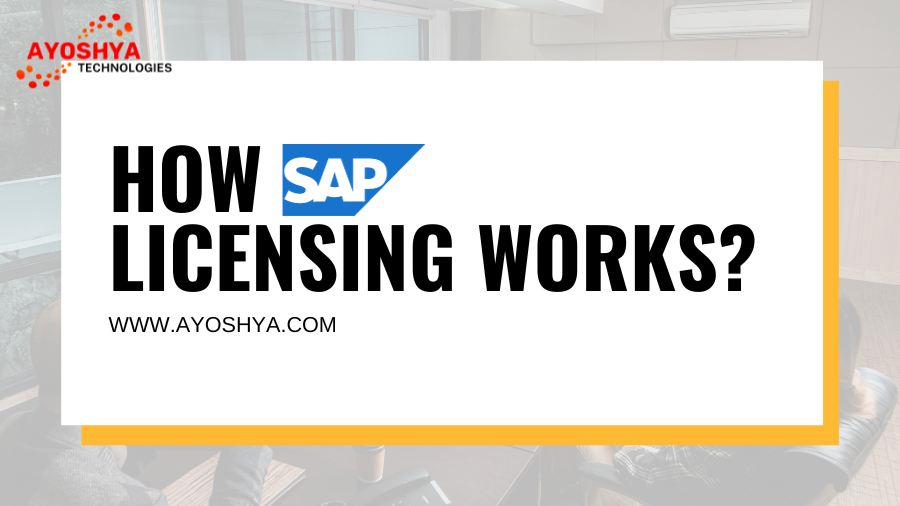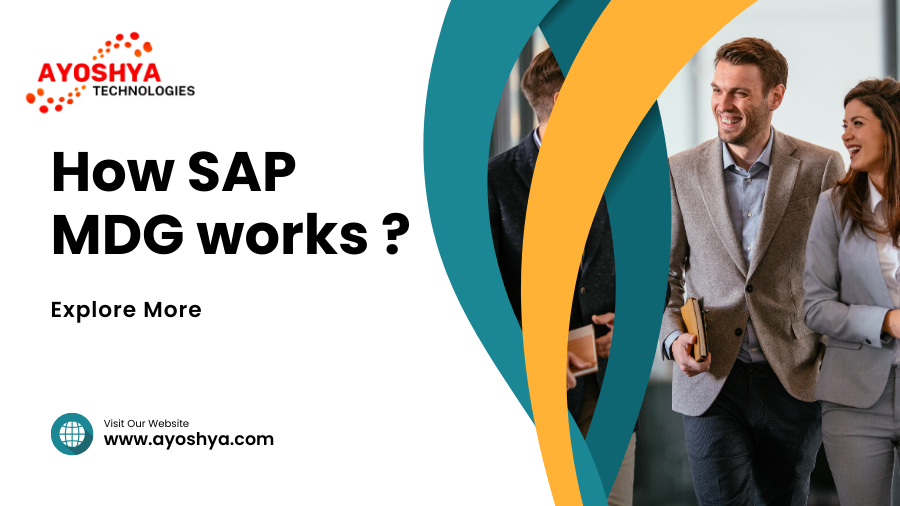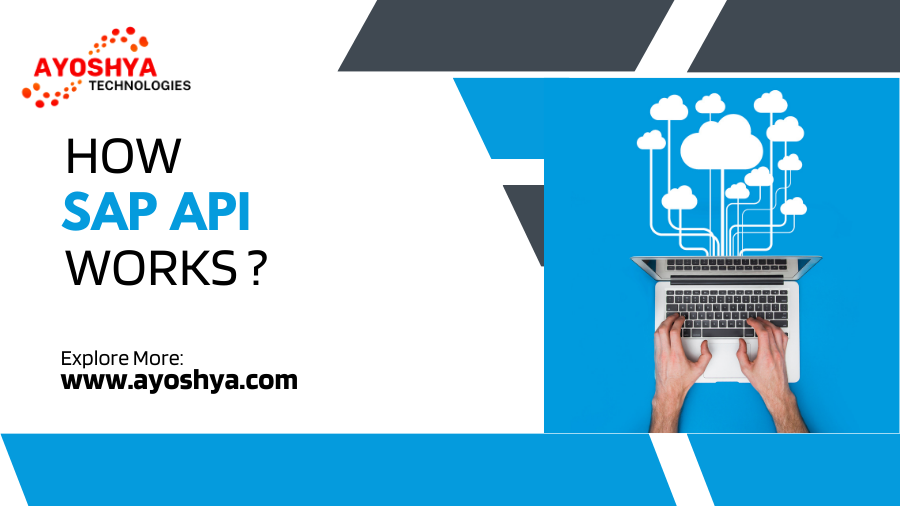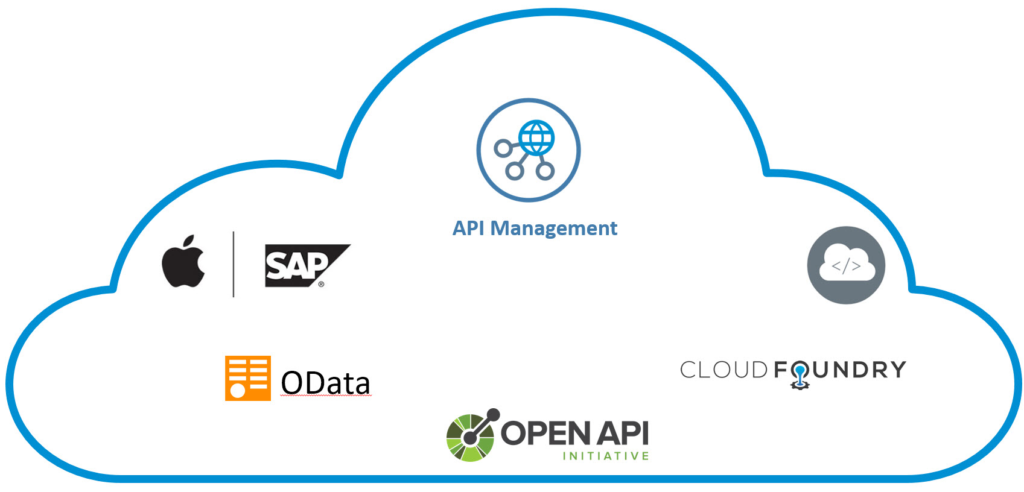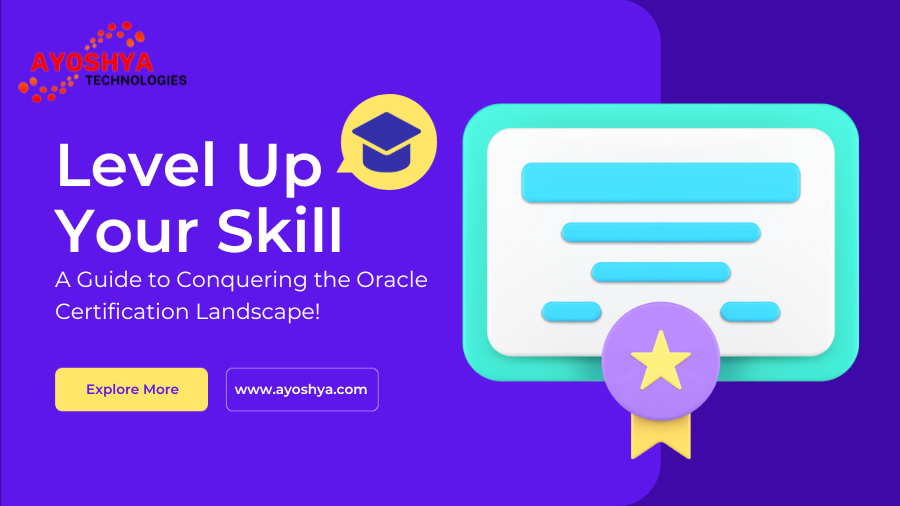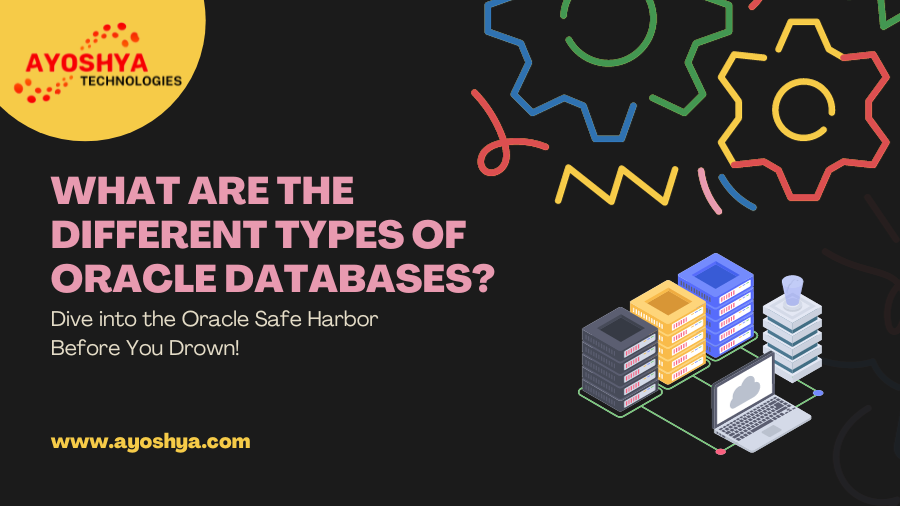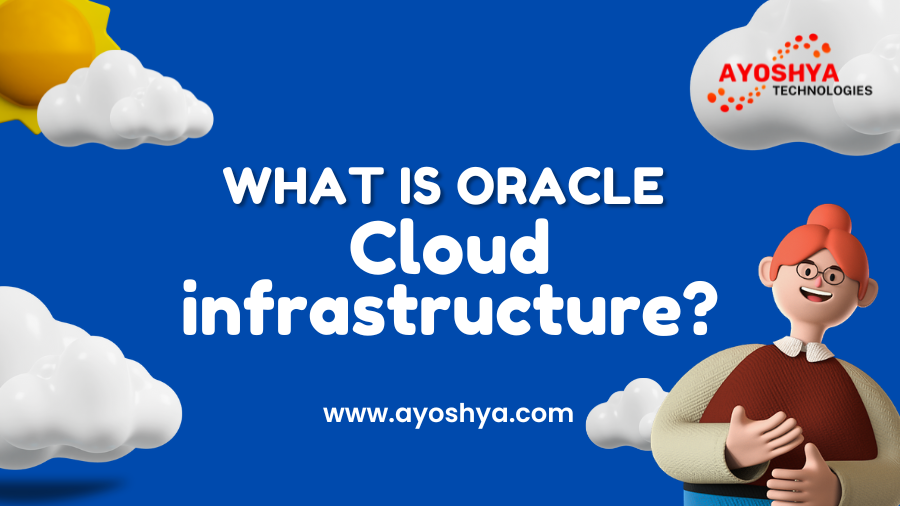how to migrate to oracle cloud infrastructure
Shackled by Servers? Let Oracle Cloud Infrastructure Set You Free!
Imagine this: your business is soaring, but your on-premise IT is dragging you down, an anchor of clunky servers, rising costs, and constant maintenance woes. Growth feels impossible, agility a distant dream, and security a nagging worry. Sounds familiar? Fear not, weary entrepreneur, for there’s a cloud-powered escape hatch waiting to launch you into a stratosphere of scalability, efficiency, and innovation. Introducing Oracle Cloud Infrastructure (OCI): your key to unshackling from outdated hardware and unlocking the boundless potential of the cloud.
what is oracle cloud infrastructure?
No longer be hostage to sluggish performance, exorbitant budgets, and sleepless nights spent troubleshooting. OCI is your portal to a world where resources stretch with your ambition, security shields your data like an impregnable fortress, and cutting-edge tools empower you to conquer any digital challenge. Whether you’re a solopreneur dreaming big or a global enterprise seeking new horizons, OCI is the rocket fuel your journey needs.
Evaluating Your Migration Readiness: Stepping Stone to Cloud Serenity
Before launching into the exhilarating journey of cloud migration, a crucial pit stop awaits: assessing your readiness. Think of it as a pre-flight inspection, ensuring your IT aircraft is airworthy and prepared for the digital stratosphere. Let’s equip you with the tools and insights to navigate this vital stage with confidence.
A. Self-Assessment Quiz: Ditch the one-size-fits-all checklists! Immerse yourself in an interactive quiz designed to understand your unique IT landscape. Questions will probe your infrastructure complexity, application dependencies, and business goals. Are you a nimble startup seeking agility, or a legacy enterprise craving scalability? Your answers will paint a vibrant picture of your migration needs and pave the way for a tailor-made cloud experience.
B. Scenario-Based Strategies: Forget generic migration blueprints! We’ll delve into real-world scenarios that resonate with your business journey. Picture this: you’re the architect of a bustling e-commerce platform bursting at the seams of its on-premise servers. We’ll guide you through a lift-and-shift approach, seamlessly transferring your platform to OCI and ensuring your online store scales gracefully with every traffic peak. Or, are you the custodian of a treasure trove of legacy databases? We’ll explore replatforming, gently modernizing your databases while preserving their invaluable data and functionality. Remember, your specific scenario unlocks the optimal migration strategy, guaranteeing a smooth and efficient lift-off to the cloud.
C. OCI Migration Assessment Tool: Let technology be your navigator! Oracle’s Cloud Lift Service and Migration Advisor are your complimentary roadmap builders. These sophisticated tools scan your IT environment, analyze dependencies, and generate personalized migration plans, complete with timelines and resource recommendations. Think of it as a detailed travel itinerary for your digital voyage, taking the guesswork out of the process and ensuring you arrive at your cloud destination with confidence.
By embracing this comprehensive approach to readiness evaluation, you’ll gain invaluable insights into your cloud migration. You’ll discover the best-suited strategy for your unique needs, leverage powerful tools to simplify the process, and embark on your cloud journey with the assurance of a well-charted course. Remember, preparedness is the anchor that keeps your cloud aspirations grounded in reality, propelling you towards a smooth and successful migration.
SAP Cloud: Exploring the Power of Cloud-Based Solutions
The Migration Journey: Soaring Through the Cloud Continuum
With your readiness assessed and plans charted, it’s time to ignite the engines and embark on the exciting migration voyage! Remember, this journey is about navigating uncharted digital territories, and like any adventure, thorough preparation and knowledge are your guiding stars. Let’s zoom in on the key stages of your cloud ascension, equipping you with the tools and insights to reach your destination with grace and efficiency.
A. Timeline and Milestones: Picture your migration as a meticulously planned expedition, with crucial checkpoints marking your progress. We’ll provide realistic timelines tailored to your specific scenario, whether you’re migrating a nimble web application or a complex enterprise ecosystem. Anticipate key stages like initial planning and resource allocation, followed by the exhilarating phase of actual migration, and finally, the crucial optimization and fine-tuning. Knowing what to expect at each turn ensures you navigate the journey with focused determination and celebrate each milestone as a testament to your progress.
B. Detailed Step-by-Steps: Don’t leave any element of your precious digital cargo behind! We’ll provide bite-sized guides for migrating different components of your IT infrastructure, like virtual machines, databases, and applications. Imagine dismantling your on-premise server with practiced ease, carefully transferring data and configurations to their new OCI homes. Each step will be broken down into actionable instructions, complete with potential challenges to anticipate and best practices to implement. Think of it as a detailed map, guiding you through the intricacies of each migration stage and ensuring every digital artifact finds its perfect cloud placement.
C. Interactive Migration Checklist: Forget scrambling for lost keys or forgotten supplies! Throughout this section, we’ll integrate a downloadable and customizable checklist, allowing you to track your progress and ensure no critical step is overlooked. Imagine ticking off tasks like securing data backups, configuring network connections, and testing migrated applications. This interactive tool keeps you organized, focused, and confident throughout the migration journey, reminding you that even the most complex digital expeditions can be conquered with meticulous planning and organized execution.
By immersing yourself in these detailed aspects of the migration journey, you’ll transform from a hesitant voyager into a confident cloud captain. You’ll possess a strategic timeline, a roadmap of specific steps, and a trusty checklist to keep you on course. Remember, the power of knowledge fuels your migration success, ensuring you reach your cloud destination with all your digital treasures intact and ready to explore the limitless possibilities of the Oracle Cloud Infrastructure.
Power of Oracle Cloud: A Comprehensive Guide
Addressing Common Concerns: Dispelling Cloud Migration Mythstorms
Embarking on a cloud migration is a bold voyage, and like any daring adventure, it’s natural to encounter doubts and anxieties. But fear not, intrepid explorer! We’re here to equip you with the knowledge to navigate the common concerns that might cloud your judgment, ensuring your journey to the Oracle Cloud Infrastructure is one of clarity and confidence.
A. Security Deep Dive: Security might be the dragon guarding your data’s treasure trove, but OCI’s formidable armor renders it toothless. Let’s delve into the robust security features guarding your cloud data: data encryption at rest and in transit, multi-factor authentication for access control, and compliance certifications like SOC 2 and ISO 27001. Imagine your data nestled within a bank-grade vault, protected by layers of encryption and monitored by vigilant security sentinels. These proactive measures not only thwart potential breaches but also ensure your compliance with strict industry regulations, allowing you to focus on conquering new digital horizons.
B. Cost Optimization Playbook: Worried about soaring cloud bills? OCI provides tools and tactics to transform your budget from a fire-breathing monster into a friendly financial companion. We’ll guide you through resource optimization techniques like right-sizing instances and scheduling downtime, ensuring you only pay for what you use. Explore the cost-saving potential of Oracle Universal Credits, a flexible resource pool that empowers you to scale resources up or down based on your needs, eliminating the dreaded bill shock. Remember, cost management is not about skimping on resources, but about using them strategically and paying only for what fuels your business success.
C. Skills Gap Solutions: Feel like you’re missing the magic spell to manage OCI? Rest assured, the skills gap is an easily bridged chasm. Oracle offers an abundance of training options to equip you with the knowledge to become a cloud maestro. Enroll in online courses, participate in hands-on workshops, and earn industry-recognized certifications. Join the vibrant OCI community forums, where experts and fellow adventurers share knowledge and troubleshoot challenges. Remember, upskilling is an ongoing journey, not a daunting mountain to climb. With the right resources and support, you’ll soon be wielding OCI tools with the confidence of a seasoned cloud architect.
By demystifying these common concerns, you’ll approach your cloud migration with a clear mind and a confident heart. Remember, security is not a barrier, but a shield; cost optimization is not a constraint, but a strategy; and skills are not an obstacle, but an opportunity for growth. Embrace these insights, and your cloud journey will be illuminated by the twin beacons of knowledge and assurance.
People Also Ask: Decoding Cloud Migration Dilemmas
Migrating to the cloud throws up a whirlwind of questions, and we’re here to untangle them like seasoned oracles. Dive into these burning queries and emerge equipped with clarity to fuel your cloud journey.
Q: Is migrating to OCI complex?
A: It’s a nuanced answer! While planning and execution require careful consideration, OCI offers tools like Cloud Lift Service and Migration Advisor to simplify the process. Complexity also depends on your current infrastructure and application dependencies. Consider our self-assessment quiz to gauge your readiness and explore scenario-based strategies in this guide for a personalized perspective.
Q: How much does migrating to OCI cost?
A: Costs depend on your individual needs and usage. OCI offers flexible pricing models like pay-as-you-go and committed use discounts. By optimizing resources and leveraging services like Oracle Universal Credits, you can stay budget-conscious. Remember, our cost optimization playbook in this guide equips you with strategies to maximize value and avoid sticker shock.
Q: What are the career benefits of learning OCI?
A: OCI skills are highly sought-after! Mastering OCI opens doors to lucrative careers in cloud computing and architecture. The growing demand means you’ll be a valuable asset to companies embarking on their cloud journeys. Don’t forget, this guide explores various upskilling options, from online courses to certifications, to help you bridge the skills gap and stand out in the cloud job market.
Q: Can I migrate my existing applications to OCI without rewriting them?
A: Absolutely! OCI supports lift-and-shift approaches, allowing you to move your applications seamlessly without major modifications. In some cases, refactoring or replatforming might be necessary, but our exploration of different migration strategies in this guide will help you determine the best fit for your applications.
Q: What happens to my data during the migration?
A: Data security is paramount! OCI prioritizes high-grade encryption and secure data transfer protocols. You can also schedule downtime and conduct thorough testing to minimize disruptions and ensure data integrity throughout the migration process. Remember, our detailed step-by-steps and interactive checklist in this guide will help you plan and execute a secure and seamless data migration.
As your cloud migration journey draws to a close, remember, the true adventure lies in the boundless possibilities of your Oracle Cloud Infrastructure destination. You’ve equipped yourself with the knowledge to navigate every stage, from assessing readiness with interactive quizzes and scenario-based strategies to conquering the migration itself with detailed step-by-steps and a trusty checklist. You’ve dispelled security concerns with OCI’s robust armor, optimized costs with strategic playbooks, and bridged the skills gap with a wealth of training options.
Now, stand tall on the peak of your digital transformation, bathed in the glory of scalability, agility, and innovation. Remember, the benefits of OCI reach far beyond mere infrastructure—it’s a key to unlocking new business models, streamlining operations, and reaching previously unimaginable heights.
Take one final step and unleash your cloud potential. Explore OCI’s cutting-edge services, build resilient and scalable applications, and collaborate with a vibrant community of cloud pioneers. And remember, the journey never truly ends—embrace continuous learning, adapt to the ever-evolving cloud landscape, and let OCI be your launchpad to conquer the digital cosmos.
The winds of change are at your back, adventurer. Set sail for the limitless horizon of the Oracle Cloud, and may your cloud endeavors be crowned with success!



